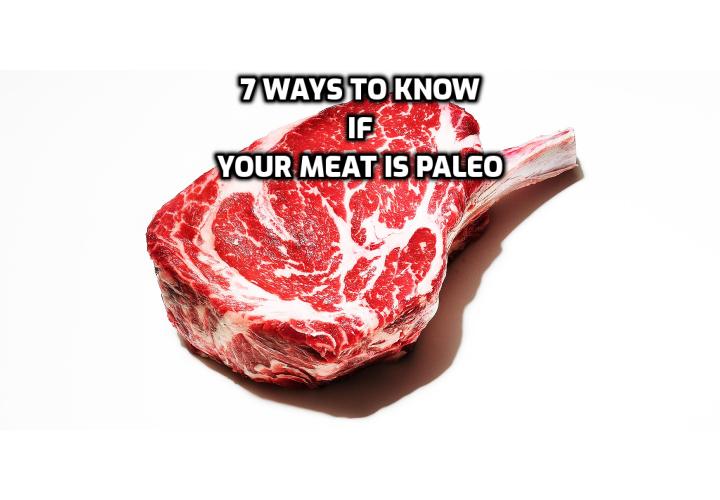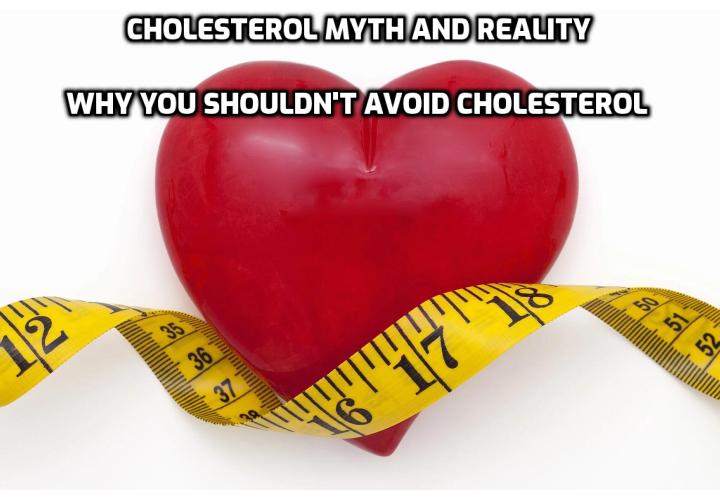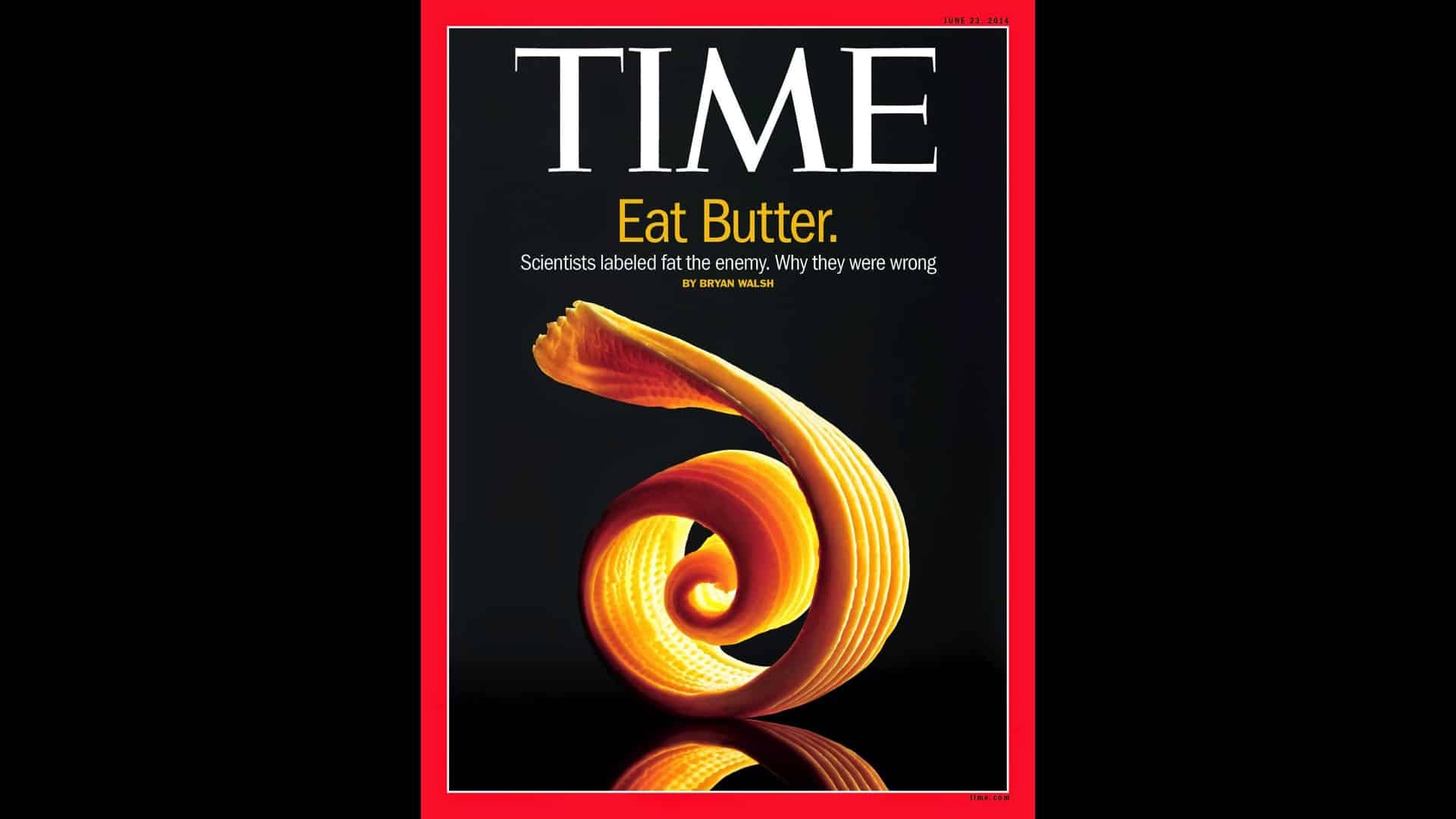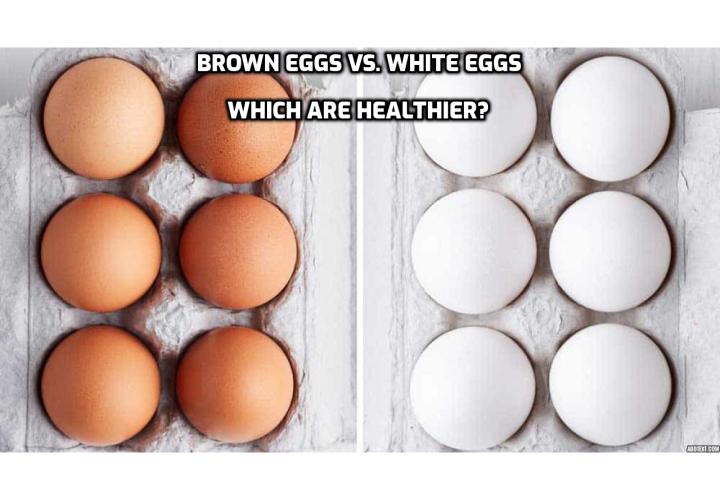Click HERE to Discover these 80 Keto-Friendly and Healthy Slow Cooker Recipes
7 Crucial Ways to Tell If Your Meat is Paleo or Not
The first time I ate a free-ranging chicken of a heritage breed, not a caged, overfed white roaster, I knew immediately that the meat is Paleo.
While butchering it, I noticed that even its skeleton was noticeably different. Built to run, this bird was almost all dark meat, with long legs and thin breasts. And the flavor! I had not eaten a chicken that good since childhood. This meat is Paleo for sure!
I’ve had similar epiphanies eating pork and beef that lived the good life before going to slaughter. Experience has taught me that happy animals make for happy meat.
Grazing herd animals, chickens with full run of the yard, pigs that forage for acorns, wild birds and fish and meat, are more flavorful, even more evocative and possibly even more nutritious.
These days, it seems as though food is just a bar of compressed gruel for powering through the next few hours. Paleo is a reaction against this over-industrialization of our lives.
Studying our ancient ancestors has taught us that meat was our first staple food, and continues to be the most important part of our healthy diets. But as important as meat is to the Paleo diet, many newcomers to the Paleo lifestyle are doing it wrong.
Simply replacing commercial white bread with commercial pork chops isn’t going to make your diet Paleo. More importantly, it is the meat itself that has to change.
Want to know if your meat is Paleo? Here are seven ways to know for sure that is definitely is NOT.
1. Your Grazing Animals Don’t Eat Grass
The first place to make this switch is in your red meat choices. Large grazing animals should be the foundation of your diet, and they should eat mainly grass.
We’ve been eating various kinds of domestic cattle for about 9,000 years. In all that time, we could rarely afford to feed them anything but pasturage. Only in the past hundred years have we intensively fed grain to cattle, and they’re not designed to eat it any more than you are.
Feedlot cattle suffer painful bloating and poor health from their filthy and cramped living conditions as well as their inhumane diet. Cattle cannot digest grain any better than we can. Choose grass-fed beef whenever possible!
The solution: Choose grass-fed beef. When you can, choose beef from grass-fed heritage breeds and bison to more closely emulate the profile of ancient cattle.
2. Your Meat Isn’t Wild
Animals that fend for themselves have different nutritional profiles from those raised domestically. How much that differs can vary depending on how the animals are raised: the more wild-like the conditions, as well as the cultivar or species, the more wild-like the meat. Modern domestic cattle simply did not exist in the Paleolithic; neither did modern broiler hens.
The solution: Eat more meat from undomesticated species, and when you do eat domesticated meat, choose those raised in the most wild conditions.
3. Your Fish is Toxic or Endangered
Seafood is highly varied, nutritious, and can still often be found for sale in its wild forms. However, a great deal of popular seafood, from shrimp to tilapia, is farmed, and like industrially farmed meat, seafood farmed on large scales doesn’t eat a native diet.
However, because of the nature of the toxins we have deposited in the oceans, mainly from burning coal, many species of wild seafood are considered dangerous to eat, while others have suffered so much depletion from overfishing that they are endangered.
The solution: Expand your knowledge of the species you eat from land based to aquatic livestock. Know where and how your favorites are typically produced, if they are farmed, whether they contain high levels of mercury or other toxins or are endangered, and whether alternatives exist.
Avoid unsustainably harvested seafood. Expand your diet to include more species that are sustainably harvested or farmed there are biodynamic and small aquatic farming operations.
4. Your Poultry Doesn’t Eat Bugs
Domestic chickens on small farms are fed supplemental grain as well as vegetables and even scraps of meat. Free ranging chickens spend their days foraging for insects to eat. They’re omnivores.
Just as humans don’t thrive on an all-vegetable diet, neither do chickens. Chickens should be able to spread wings, scratch the dirt, and act like birds. Avoid poultry from industrial farms!
One result of industrial farming is that poultry are raised indoors, in barns, eat exclusively grains, and never get to engage in normal chicken behaviors: scratching in the dirt, foraging for bugs, preening themselves and taking dust baths, and spreading their wings, literally and figuratively.
Birds bred for the outdoors, and which live healthy lives foraging, are more like the kinds of birds we’ve eaten for centuries than the birds most commonly sold in supermarkets and restaurants today.
The solution: Eat less poultry. It’s not a staple food because small animals are not fatty enough to sustain humans. When you do eat poultry, choose free-ranging chickens.
You might need to find a farmer nearby and check out the operation to be sure. The same goes for your eggs: choose eggs from free-ranging hens for the most rich, delicious, and nutritious yolks.
5. You Don’t Eat the Whole Animal
We humans didn’t get to where we are today by being wasteful. When the hunt was successful, we ate not just tenderloin, but heart, kidneys, and intestine, and we made a habit of it. In each human culture, there are recipes and traditions for the preparations of each part of the animals eaten, from roasts to bone stock.
The proportions of liver, muscle, and fat that we eat when we eat from the supermarket case are dramatically different from when we would kill and prepare one animal and eat all of it, sooner or later. Eat the whole animal: heart, kidneys and intestine. No part should go to waste.
If we believe that the differences between how we lived as hunter gatherers and how we live now accounts for the poor health of most Westerners, then this is a significant difference. Man does not live by chops alone.
The solution: Buy whole animals when this is reasonable to do so. If you can, get an extra deep freezer so you can buy and store whole or half beeves, pigs, and seasonally available seafood and poultry. Seek out new ways to enjoy offal or other cuts with which you’re less familiar.
The diet we ate before we became agriculturalists was wilder, wider, and more flavorful. Purchasing whole, organic animals is a surefire way to make sure your meat is Paleo. Enjoy your food!
6. You Choose Lean Meats
It’s not just the types of animals you eat and how they were raised, but in what proportions we eat the parts. Nowadays, we choose tenderloin, not chuck; loin, not shoulder; breast not thigh; tilapia, not eel.
Our previous programming for a low fat diet, familiarity with the low-fat cuts we grew up eating, and their current ubiquity in the modern industrial foodscape mean we are choosing lean cuts of meat, and missing out on the nutrition, not to mention flavor and satisfaction, of eating animal fat.
The solution: Don’t be afraid to try fattier cuts of meat. Remember, well-marbled, free-range meat is Paleo!
7. You Eat the Meat Alone
In every culture, people eat together. They share food and mealtimes fulfill important social functions: to see and be seen, to belong, to share and ensure that everyone receives what they need. We take cues from watching one another on how slowly to chew, how much to choose, and which foods to prize.
The solution: Arrange to eat with co-workers at midday instead of at your desk. Offer to share your food with others. Face your family members over the dining room table instead of all orienting toward a screen.
Talk about the food you’re eating: what it reminds you of, how it makes you feel, food combinations you enjoy. When you do have to eat alone, do it meditatively, with appreciation and attention. Eating is a time to enjoy being alive. Savor it!
Watch this video –Paleo Diet for Beginners // Food List & Rules
Written by Justin Cascio
Author Bio:
Justin Cascio is a food and lifestyle writer. A founding editor of Trans-Health.com, he is currently senior editor at The Good Men Project. You can follow him on Twitter @likethewatch.
A lot of people have gotten results from the Keto diet, and enjoyed the foods that it has to offer. However, many of the people who are following this diet have a hard time finding the recipes that they need, especially ones that are quick and easy to complete.
Fortunately, Kelsey Ale, noticed this problem, and decided to do something about it. She’s found that making recipes in a slow cooker gives you meals which are not only delicious, but also take very little time to make. Mostly you just put a few simple ingredients in the slow cooker, and let it do the rest.
To find out more, click on – Keto Slow Cooker Cookbook






